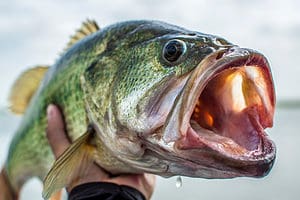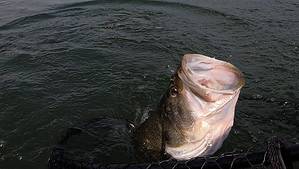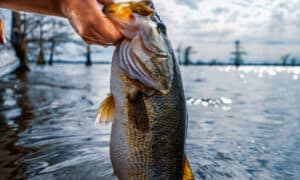White bass are an extremely common member of the temperate bass family and live across the central and midwest U.S. Often, white bass are targeted by beginner anglers and kids since they aren’t too large and aren’t all that strong. Today, we are going to be taking explore the white bass size and find out just how big they get. Let’s get started.
How Big Do White Bass Get?
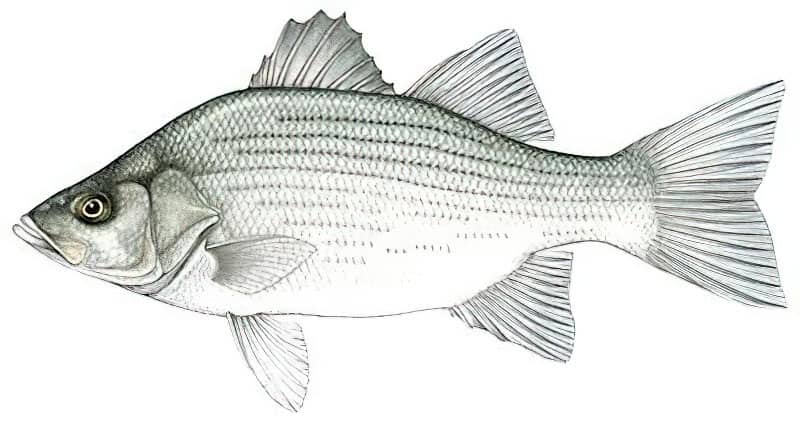
White bass belong to the temperate bass family and are relatively small when compared to other species of bass.
On average, white bass grow to around 12.5 inches long and weigh on average one pound.
White bass are a popular freshwater fish that belong to the temperate bass family Moronidae. They are native to North America, where they primarily live in large reservoirs and rivers, especially in the Midwest and the Great Lakes region. They are also widely introduced to other waters as sport fish and for biological control of nuisance fish.
For size visualization, the average white bass is about the same length as a standard ruler (12 inches) or a sheet of paper (11 inches). When it comes to weight, the average white bass weighs about the same as a can of soup (1 pound) or a pineapple (2 pounds).
Compared to other species of fish, the average white bass is also smaller than many other common freshwater fish, such as walleye (25 inches), northern pike (40 inches), catfish (50 inches), or carp (35 inches). Still, there are even small fish, including bluegill (10 inches), crappie (12 inches), or perch (15 inches), all of which are found in the same habitat as the white bass.
How Big Do Other Bass Get?
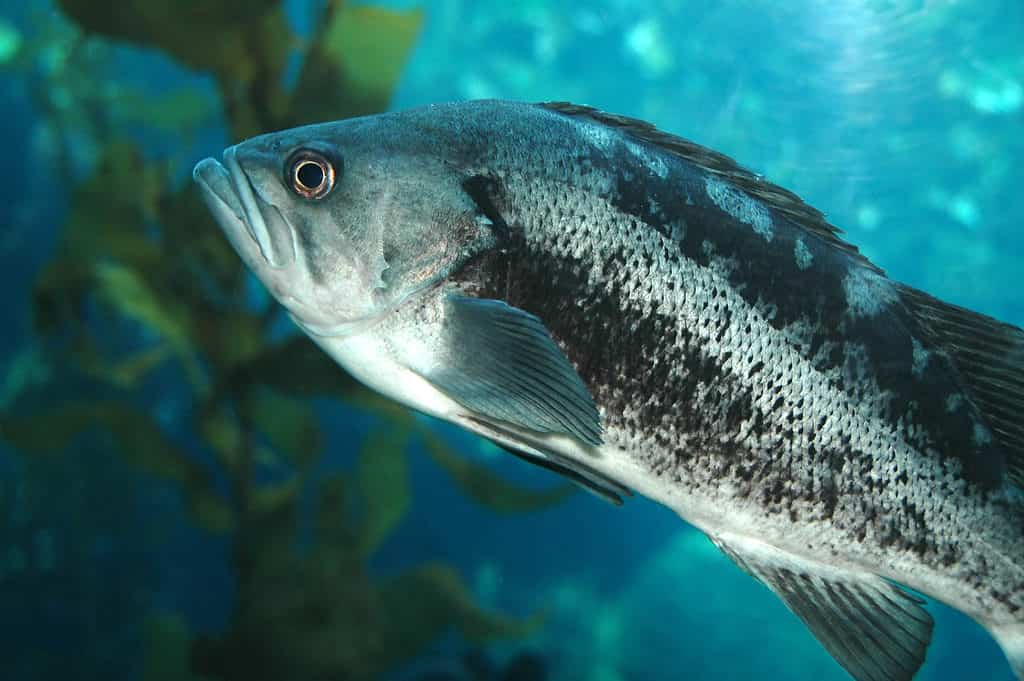
The black bass can grow up to 5 lbs.
©Mike Brake/Shutterstock.com
White bass are one of the smaller species of bass found in the U.S.
One of the most common groups of bass that are found in the same regions as the white bass is the black bass. There are nine species of black bass in the U.S., with the largemouth, smallmouth, and spotted bass being the most well-known. Largemouth bass are the largest of the black bass family and can grow between 13 and 20 inches and weigh up to 5 lbs, although the largest specimens can grow to 20 lbs. Smallmouth and spotted bass are usually a bit smaller.
Another group of bass found in the U.S. is temperate bass. Temperate bass includes white bass but also includes the massive striped bass (stripers), yellow bass, and a few more. Stripers are one of the most sought-after game fish in the country and usually grow between 2-4 feet long and weigh between 10 and 30 lbs. The largest white bass can sometimes weigh as much as 125 lbs, however.
The Largest White Bass Ever Caught
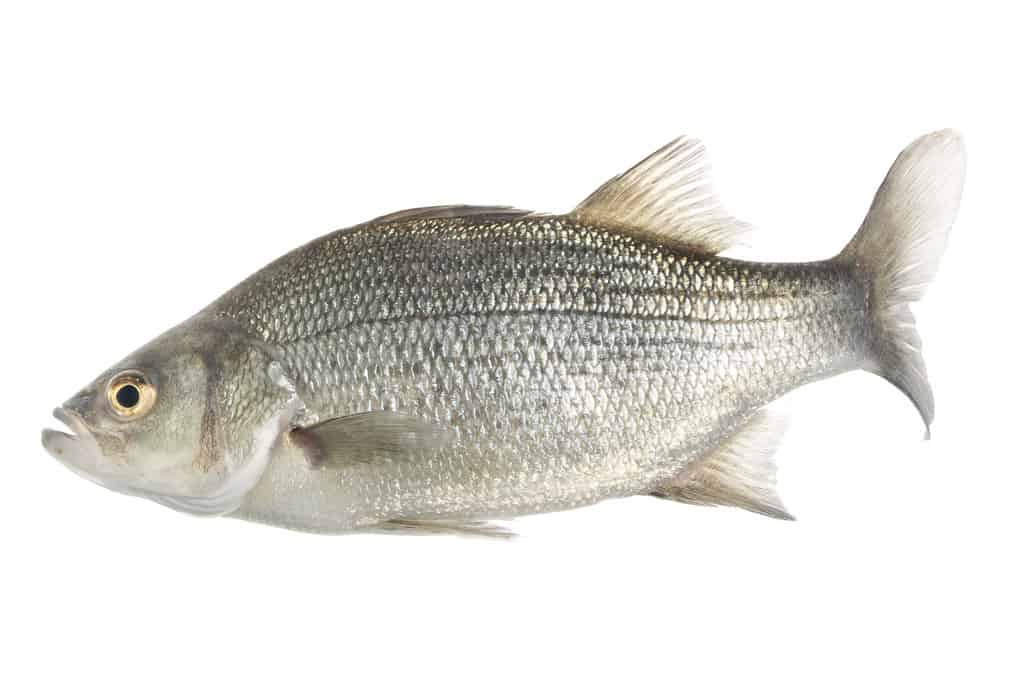
Despite their name, white bass are silver colored.
©”White bass” by USFWS Mountain Prairie is marked with Public Domain Mark 1.0. – Original / License
The current world record for the largest white bass ever caught is 6 pounds 13 ounces. This record is shared by two anglers who caught their fish in different states and years.
The first one was Ronald Sprouse, who caught his fish on Lake Orange in Virginia on July 31, 1989. The fisherman used a live minnow as bait and a spinning rod with an 8-pound test line. He fought the fish for about 10 minutes before landing it. He was surprised by the fish’s size and decided to weigh it at a nearby store.
The second one was Corey Crochet, who caught his fish on the Amite River in Louisiana on August 27, 2010. He was fishing with his friend Chad Hartzog with a crankbait as a lure. Hartzog hooked the fish near a bridge and battled it for about 15 minutes before bringing it to the boat. He noticed that the fish was unusually large and heavy, so he decided to take it to a certified scale at a nearby bait shop.
The Best Place to Catch White Bass
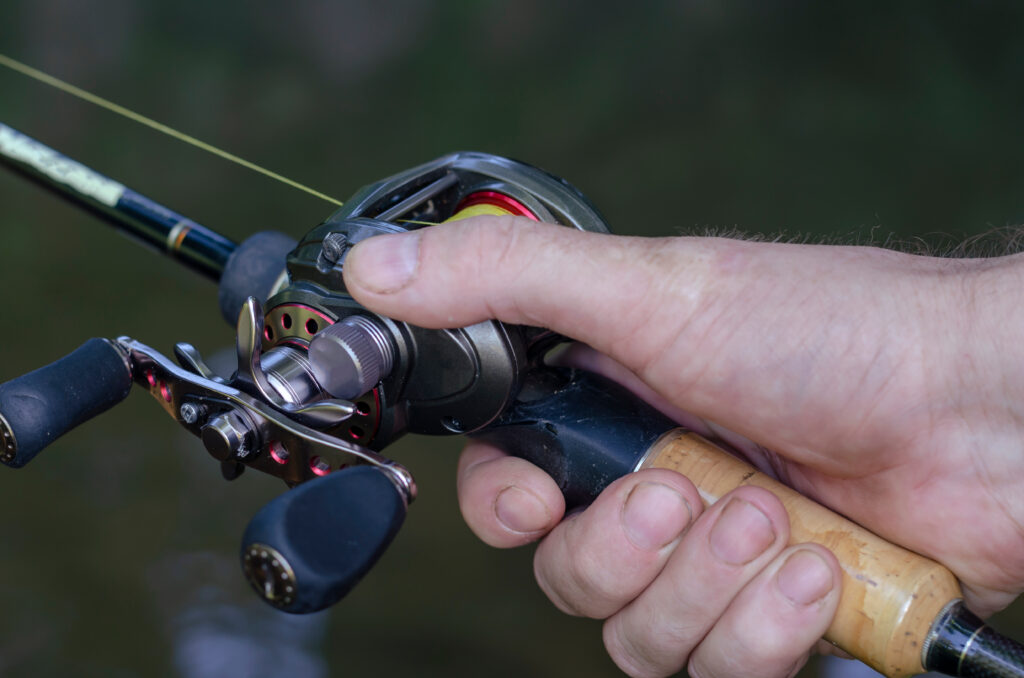
You can easily catch white bass with most lures and in rivers, lakes, and streams within their range.
©Dmitriev Mikhail/Shutterstock.com
White bass aren’t an especially sought-after sport fish, but they do provide a lot of fun for beginners, kids, or just someone looking to enjoy some time fishing. Since they are usually extremely well stocked, bite easily, and aren’t too large to easily fight, white bass are a perfect target for almost anyone.
White bass are typically found in large rivers and reservoirs, as well as shallow rivers, streams, and creeks. They prefer clear water with some current and abundant forage. They feed mainly on small fish, such as shad, minnows, and young sunfish.
To catch white bass, you will need a light to medium rod setup with a 4-6 lb line. The best lures for white bass are small jigs that resemble shad, their favorite source of food. Anglers often claim that if it even vaguely looks like a shad, a white bass will bite at it. White bass can also be caught in deeper water near structures and along edges and flats. Smaller white bass will are usually found in shallower water and eat insects and larvae.
White bass native distribution includes much of the central US west of the Appalachians, including the Great Lakes, as well as river systems in the Ohio and Mississippi river valleys. Their original eastern boundary was the Appalachian Mountains. To the north, they could be found throughout the Great Lakes and into Canada from Quebec to Manitoba. White bass have also been introduced to many other states, such as Arizona, California, New Mexico, and other western states. On the other side of the country, you can find white bass in areas such as Delaware, Florida, and Georgia.
The photo featured at the top of this post is © USFWS / Public domain – License / Original
Thank you for reading! Have some feedback for us? Contact the AZ Animals editorial team.




